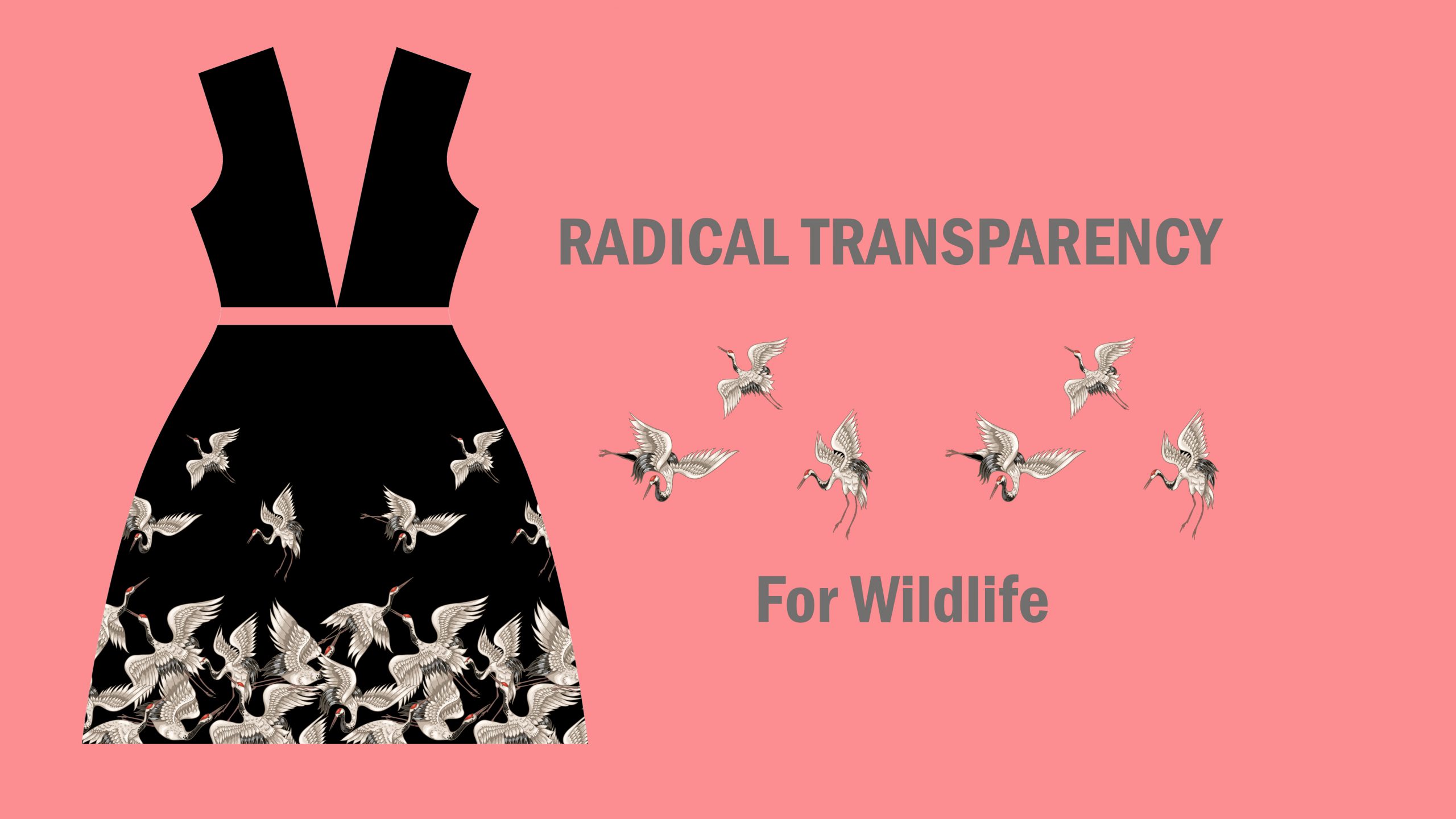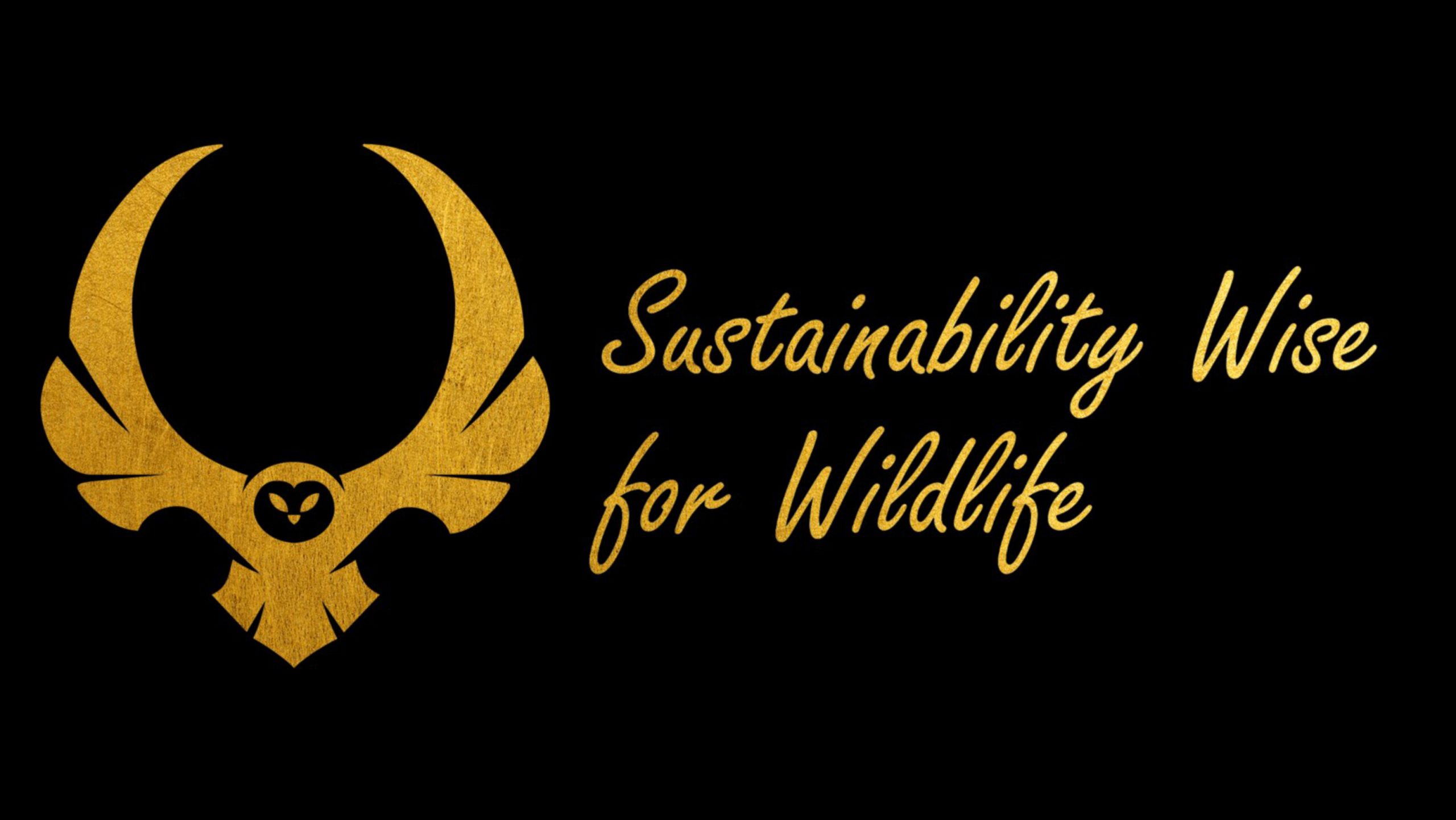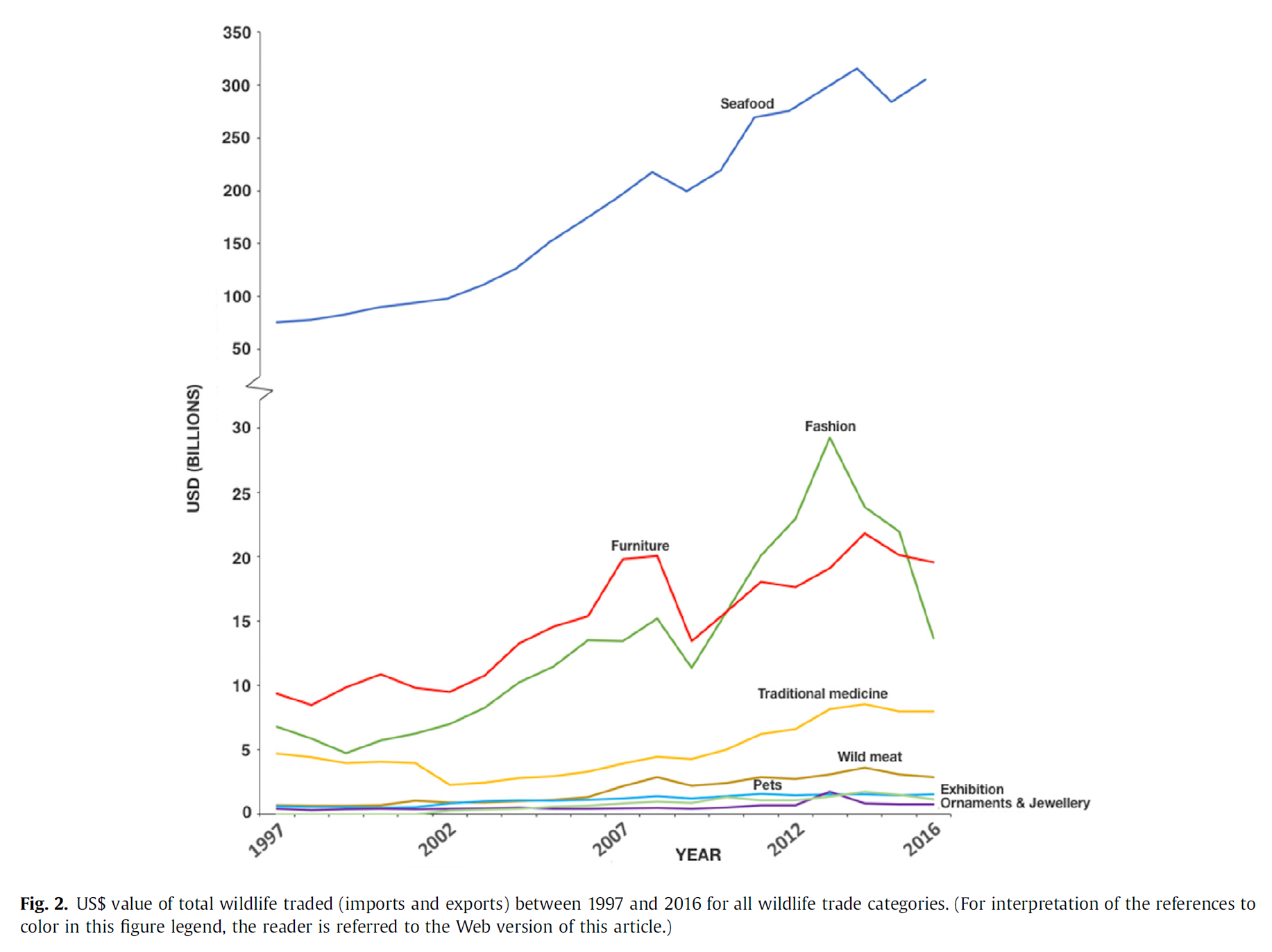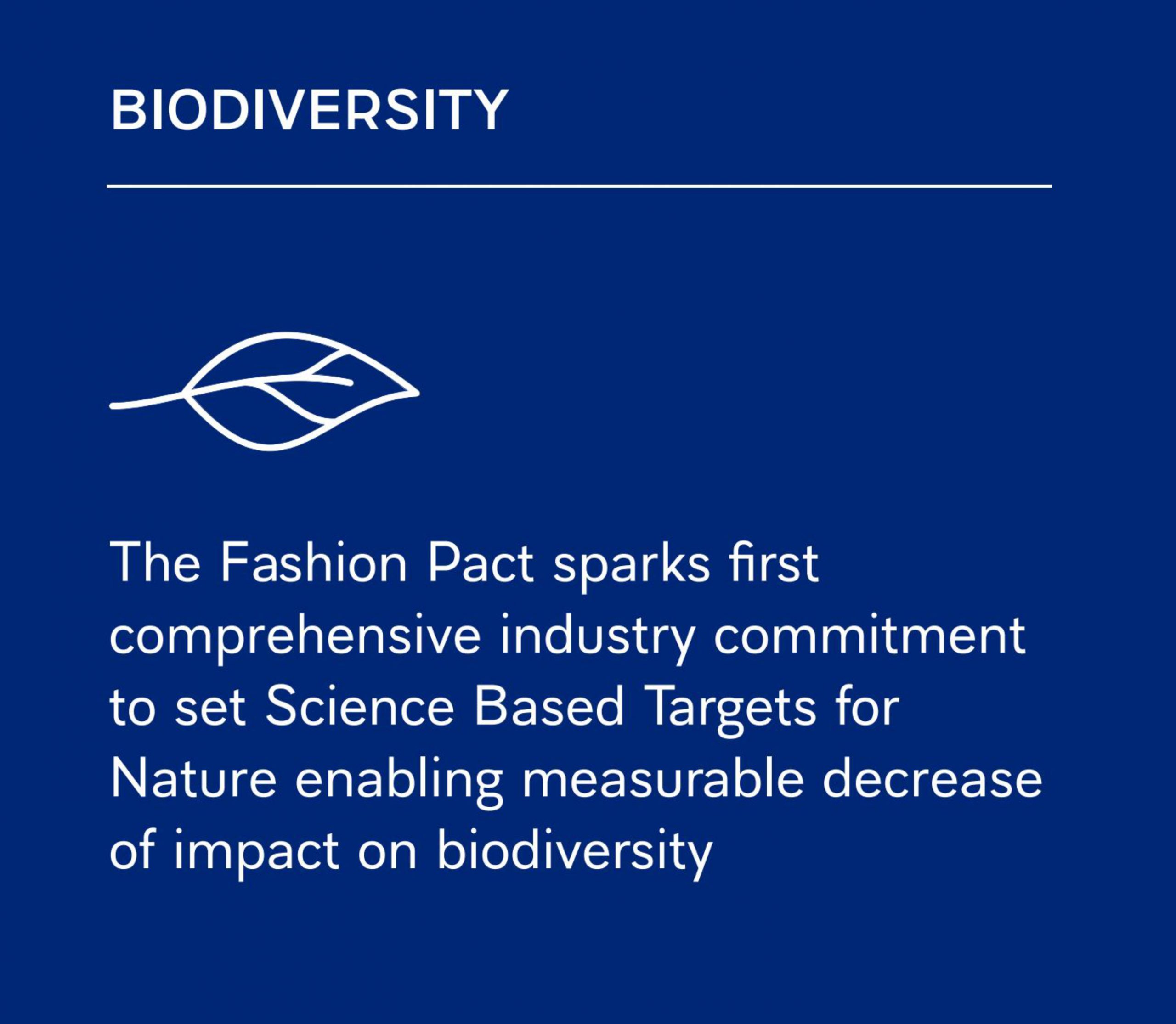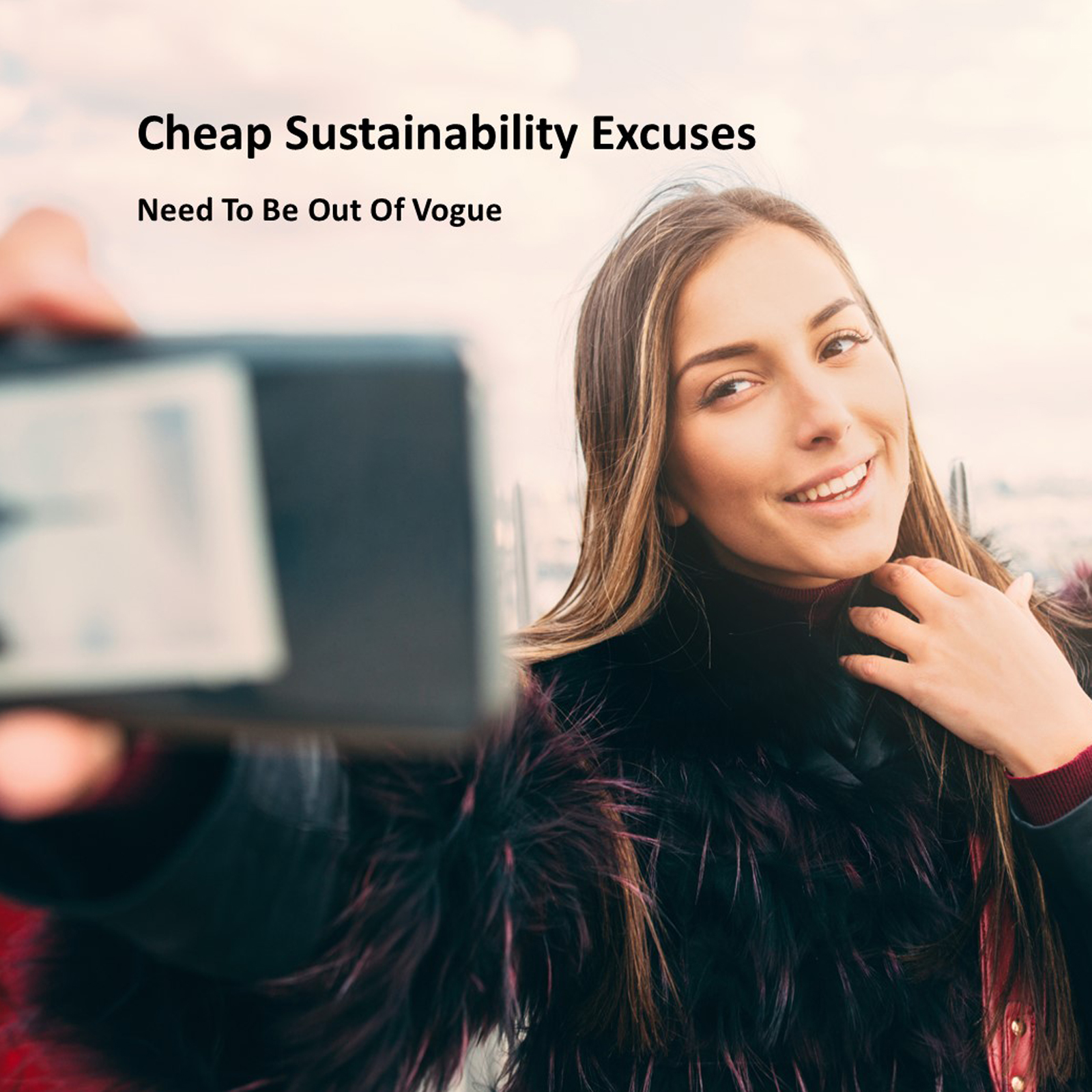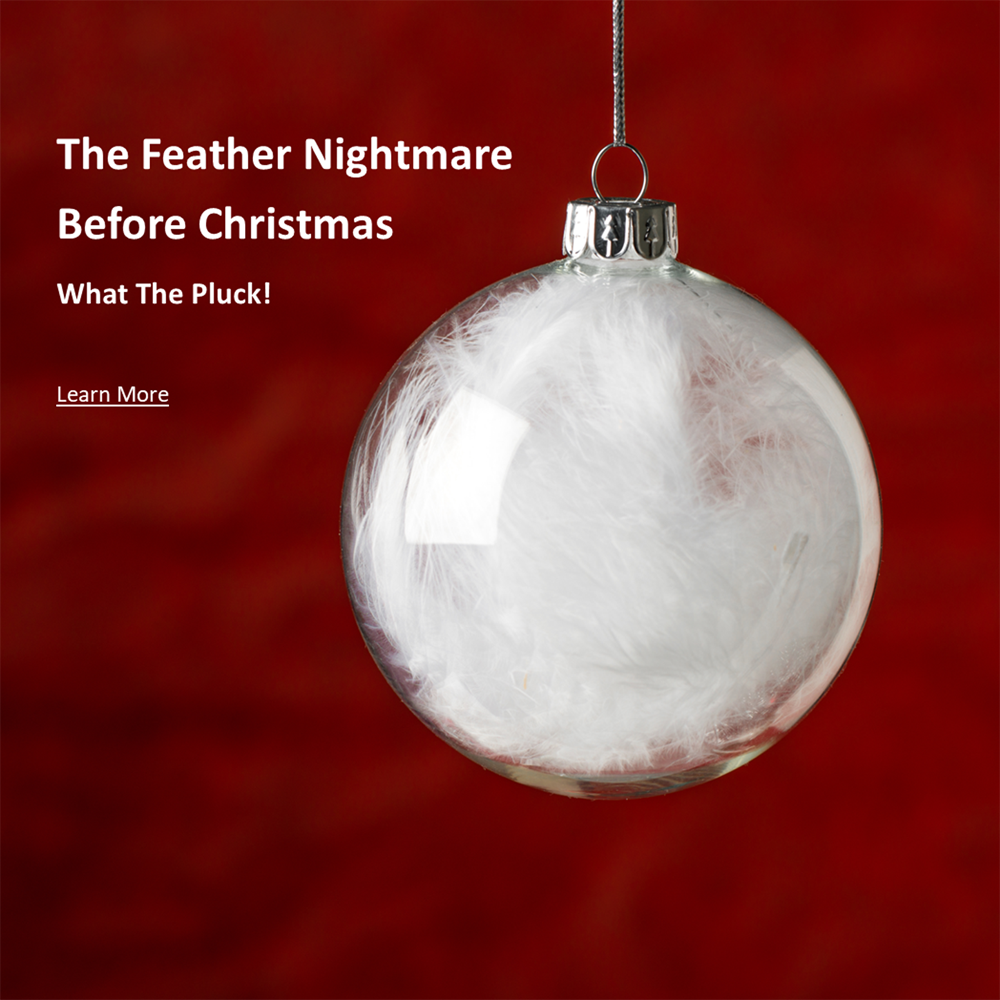The Fashion Industry Must Pull Its Head Out Of The Luxury, Exotic Skin Bag
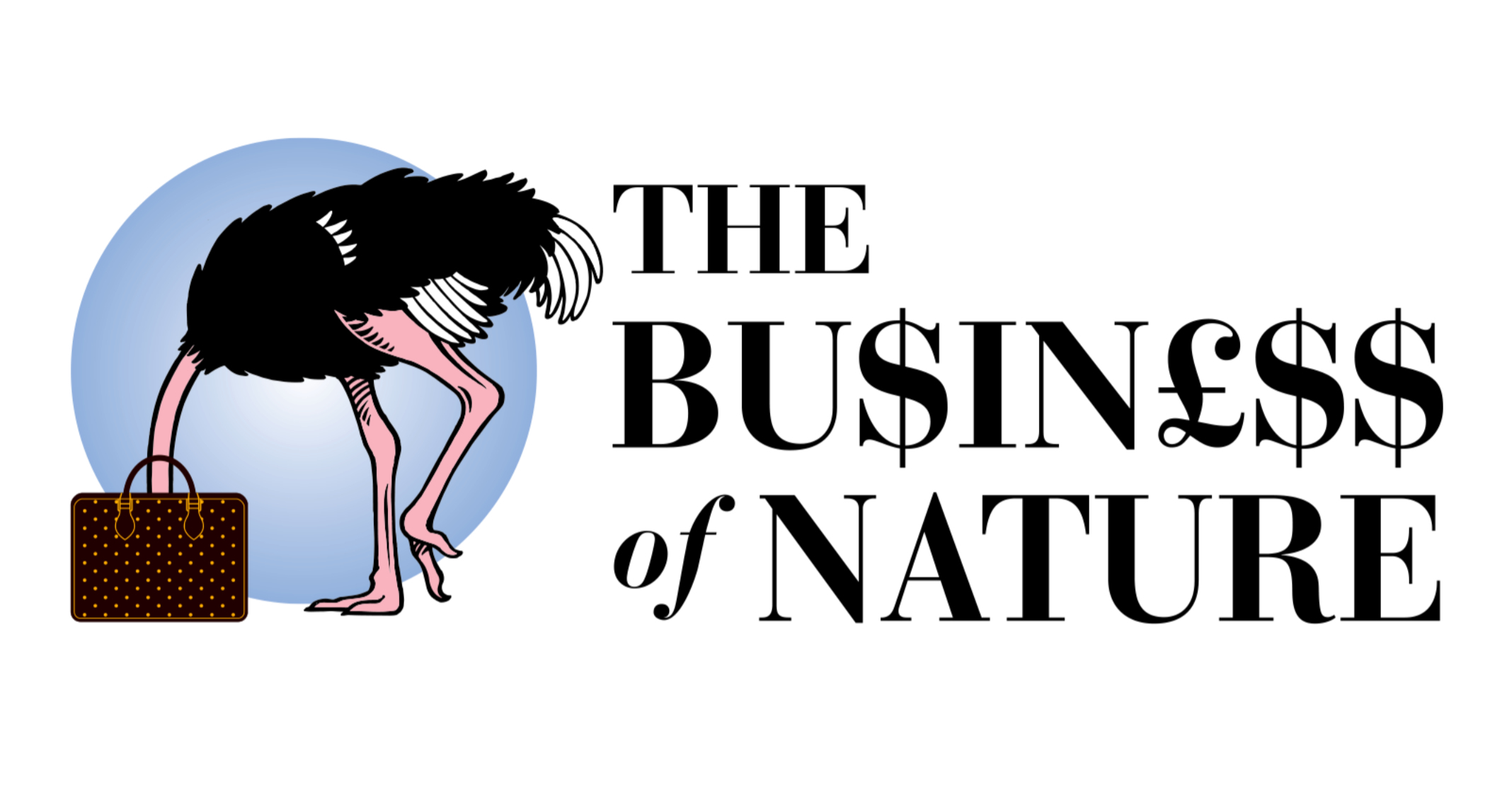
Lynn Johnson
7 March, 2022
While the fashion industry is contributing significantly to biodiversity loss and the extinction crisis, there seems little or no evidence that people in the industry know or care; even those who push their sustainable fashion credentials.
In 2021, Nature Needs More, under our HowToSpendItEthically.Org brand, launched three new initiatives to investigate the fashion industry’s policies on the legal trade in endangers species:
Over 2021, we wrote to Fashion Week CEOs worldwide, we wrote to Fashion Councils and Consultants, and we wrote to sustainable fashion influencers. In each case we asked a handful of benchmarking questions, such as, “Does XX Fashion Week have a statement and/or policy about the sustainable use of endangered and exotic species in the collections you profile?”, to gauge their knowledge regarding the use of endangered and exotic species in fashion. So, what was the response?
In the main, there was no response. While this is not a shock, it highlights that there is little or no real evidence that that the use of endangered and exotic species has been factored into the evolving sustainable fashion strategy. Examples of the types of responses we did get are, for one, being told the team was small and couldn’t responded to every request (as a reminder Nature Needs More and HowToSpendItEthically.Org is run by volunteers). We certainly didn’t see answering four to six benchmarking questions as being onerous.
We were also asked about HowToSpendItEthically.Org’s readership numbers and circulation. I responded small but continually growing. I didn’t hear from them again. In another response, I was also told that in 2022 there would be a big push to develop guidelines on how to ensure the sustainability of textiles. I asked if a skin should be considered a textile, highlighting that such labelling is part of the problem because it sanitises and normalises that animal’s die to give their body parts; exotic skins are not the by-product of the food industry. In my response I asked that they consider, ‘When is a textile not a textile?’ – I didn’t hear from them again.
So, you are getting the picture. The fashion industry, its consultants, its enablers and its influencers, appear to have little interest and knowledge of how the industry is driving biodiversity loss and the extinction crisis.
We have chosen not to name any of the fashion weeks, organisations or people we have contacted to-date. Going forward, we will provide a list on the HowToSpendItEthically.Org website of who we contact. Why, because it is time for the fashion industry to pull its head out of the luxury, exotic skin bag.
Research published in 2021, titled CITES and beyond: Illuminating 20 years of global, legal wildlife trade, confirmed fashion’s significant role in the legal trade of endangered and exotic species; the trade in skins, feathers, bones and furs is massive, only consistently exceeded by the seafood trade.
This work showed that some of the richest countries in the world are the key benefactors of the legal trade, not developing nations. With the resources of these wealthy countries, from Europe to the USA to China and Japan, there is no excuse that these supply chains remain opaque. The only reason that this trade is so invisible is that those who profit from it have not been pushed to prove the sustainability statements in their glossy reports.
Statements of sustainability, without the corresponding transparency and evidence, are just greenwashing and not proof that the company understands sustainable offtake levels for the endangered and exotic species they use in their supply chains, and from which they make staggering profits.

Image Anna Evlanova
In recent months, research has been published showing how PR and advertising firms have helped to create the oil industry’s greenwashing strategies for decades. One of the reports authors, environmental sociologist Dr Robert Brulle at Brown University said, “PR firms and advertising agencies that have created campaigns around the oil firms’ net-zero claims are now on notice.” He went on to say that any PR or advertising agency could not use a plausible deniability strategy if they were challenged about material they created, which was used to help greenwash an oil company’s brand.
If it is true that PR firms and advertising agencies have helped big oil greenwash their business practices, then the same could be said about the PR firms and advertising agencies helping luxury brands greenwash their use of endangered and exotic species, which is driving biodiversity loss and and the extinction crisis.
It is time to ask the question, are glossy sustainability reports anything more than token gestures or simply another form of advertising? Certainly, consultants have told the luxury industry, some of their key consumers, labelled Millennial HENRYs (High Earners Not Rich Yet) are interested in the company’s sustainability commitments.
If they were pushed to do so, just how many of the statements made in a sustainability report could a company provide genuine proof to back up?
When it comes to using the body parts of exotic and endangered species, probably not many. Though I am sure they will try to base everything on their one-trick pony example of the crocodile industry.
In 2019, French President, Emmanuel Macron proposed a mission to Kering Chairman and CEO, François-Henri Pinault to bring together ‘a global coalition of companies in the fashion and textile industry including their suppliers and distributors, all committed to a common core of key environmental goals in three areas: stopping global warming, restoring biodiversity and protecting the oceans.’. The Fashion Packed was launched in August 2019.
In its first-year progress report, in the summary section, First Progress of Signatories in Our Pillars for the pillar of biodiversity, it states: The Fashion Pact sparks [the] first comprehensive industry commitment to set Science Based Targets for Nature enabling measurable decrease of impact on biodiversity.
This is a statement for which they should feel thoroughly ashamed. Trillions of dollars have been made over decades from the sale of products made from the skin, fur and feathers of endangered and exotic species. Yet, the industry who profits from this has taken until 2020 to create the first comprehensive industry commitment to set targets to enable a measurable decrease of impact on biodiversity.
But this statement isn’t just a failure on industry’s part. It is also a failure of CITES, the global regulator of this trade in endangered species (which was launched in 1975) and the global conservation organisations who have supposedly worked on this with the fashion industry over the years. If it took until 2020 for the first comprehensive industry commitment … to set targets to be made then you have to ask, has there been any evidence, in the last 50 years, that conservation has been able to influence how industries use endangered species in their production? It would appear not. This is confirmed by the 2019 IPBES report which stated direct exploitation for trade is the most important driver of decline and extinction risk for marine species and the second most important driver for terrestrial and freshwater species (a greater driver than climate change).
The obvious way to read this is that until 2020 the industry had precisely zero interest in decreasing its impact on biodiversity loss and CITES and the major conservation agencies have let that happen. And not only with the fashion industry.
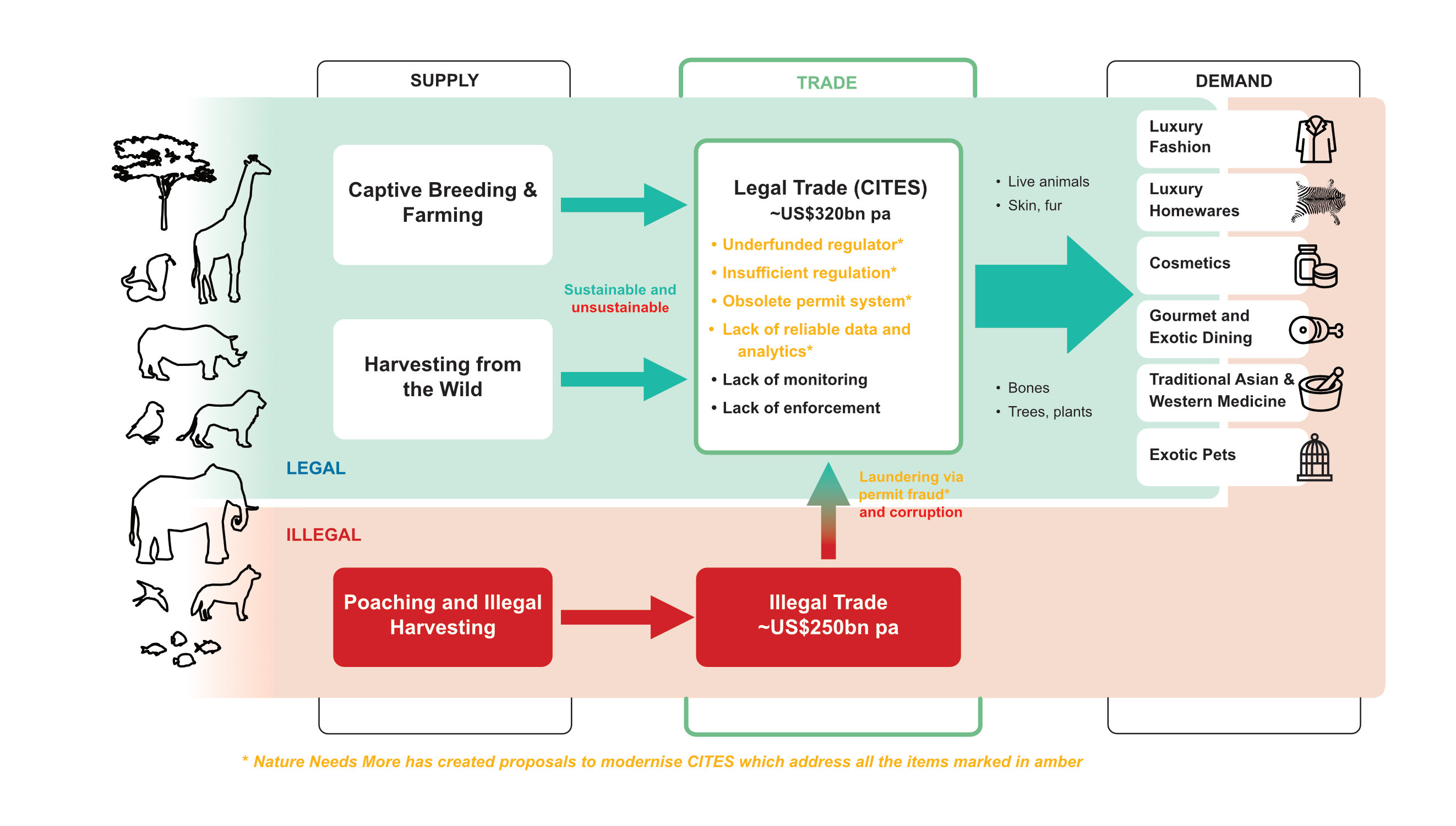
Since the Fashion Pact’s first year progress report, there hasn’t been much of substance about the next steps on its website. Maybe there is work happening behind the scenes, but another obscure process and opaque system is not acceptable. The fashion industry needs to throw the doors wide open, invite in those who are scrutinising their statements. There must be independent accountability and a modernised supply chain system that is radically transparent.
Only if this happens will the fashion industry start to pull its head out of the luxury, exotic skin bag.

